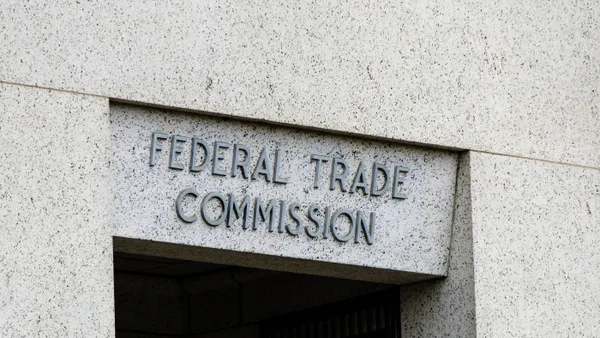If you haven't reviewed your travel and expense (T&E) policy recently, make doing so a priority because the cost of "leakage" to your company is likely greater than you think, T&E consultant Oren Geshuri said last week in a CFO.com webinar.
As much as 12% of a typical company's operational costs — about $10,150 per employee per year — are T&E related, and about 5% of that is lost to fraud, said Geshuri, director of technology and media services at the Lyndon Group.
It takes companies between 18 and 24 months to detect fraud, and by the time they do, the loss averages about $26,000.
Even separate from fraud, T&E leakage can be costly. About 6% of T&E annually, or about $60,000 for every $1 million in expenses, is out of compliance in some way, often because of duplicated out-of-pocket employee expenses. The typical duplicate reimbursement is about $50.
There are other risks if your T&E policy isn't well thought through: You can end up paying for costs your company doesn't want to pay for, like spousal travel, or losing money when employees keep airline or other travel credits they earn while working.
Review your policy
Geshuri recommends you review your policy once a year, for a number of reasons. One, it gives you a chance to learn what's working and what’s not from employees who travel a lot. Is it easy to understand? Is it easy to submit reimbursement requests? Do the policies make sense?
"Once a year, bring in some of your power users, your road warriors, and sit them down and have a conversation," Geshuri said. "How did we do this year? Where were your pain points?"
Geshuri also recommends you use a corporate card program, if you're not already. "There's a common misconception that giving corporate cards out actually loses control or replaces control, but it's quite the opposite," he said. "It’s very well known now that [it] actually helps you funnel spend."
Using a corporate card helps you integrate T&E data, validate costs, and exercise tighter controls, Geshuri said.
Policy essentials
When you sit down to rewrite your policy, make sure it covers the following:
-
Business travel. How far in advance do you want employees to make a reservation? Do you let them book first class if, for example, they need the leg room? If they get a credit, do they keep it or does it go back to the company? Should you pay for TSA pre-check? Have you set a policy on using Airbnb, Lyft, Uber and other app-based options?
-
Corporate cards. Spell out your rules of card use. For new employees, have a probation period during which they're subject to a lower limit.
-
Contingency planning. Think through what you want employees to do when emergencies or other unforeseen events arise while they're traveling for work. What should you require them to do if you alert them to an emergency they might not be aware of when they reach their destination?
-
Personal issues. How do you treat travel when an employee's spouse or partner accompanies them, or when they add personal travel to their work travel?
-
Administrative guidelines. Do you want receipts included for expenses under $75? That's the threshold set by the IRS. How soon after travel do you expect reimbursements to be submitted?
Reduce ambiguity
When revising your policy, make sure it includes or addresses these essential elements: a statement of purpose, company expectations and policy compliance, areas of ambiguity and key subject areas. These subject areas include travel, travel-related expenses, accommodations, and food and entertainment.
Also, make sure to check the language you're using. Geshuri recommends you keep the language simple, written at about a fifth-grade reading level, to reduce the risk employees don't understand it. "Don't let a lawyer write this," he said. "It should be a cross functional effort: HR, procurement" and other executives.
Be careful to use the same language in your policy that you use in your expense reporting system, Geshuri said. If your reporting system categorizes employee meals in 10 ways, use those same 10 categories in your policy.
"You can't manage your bottom line if you don't know where your money is going," he said. "Employee initiated spend you can’t see until after it's spent." That makes a strong T&E policy the only way to govern this big part of your operating costs before you incur them.












